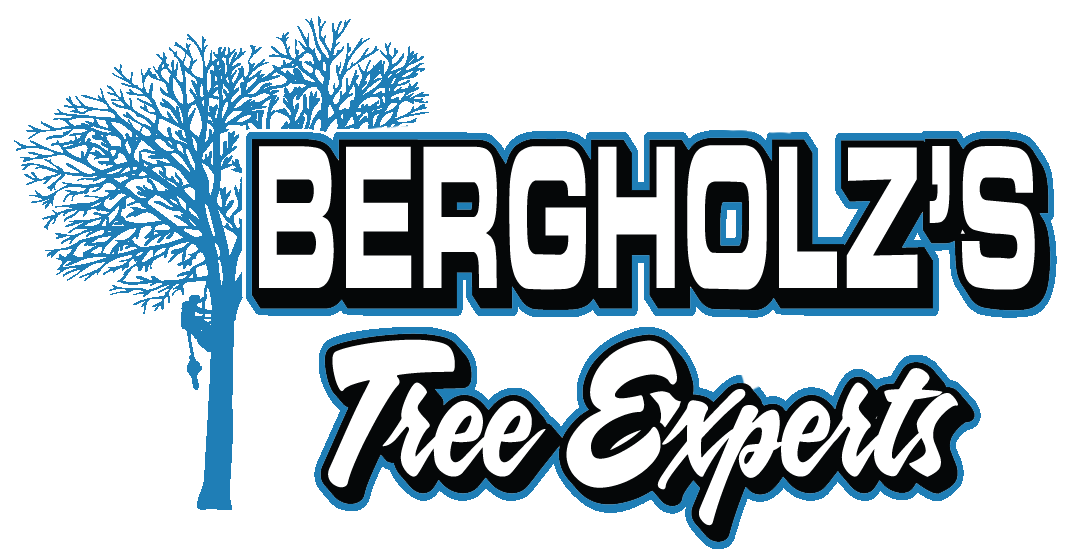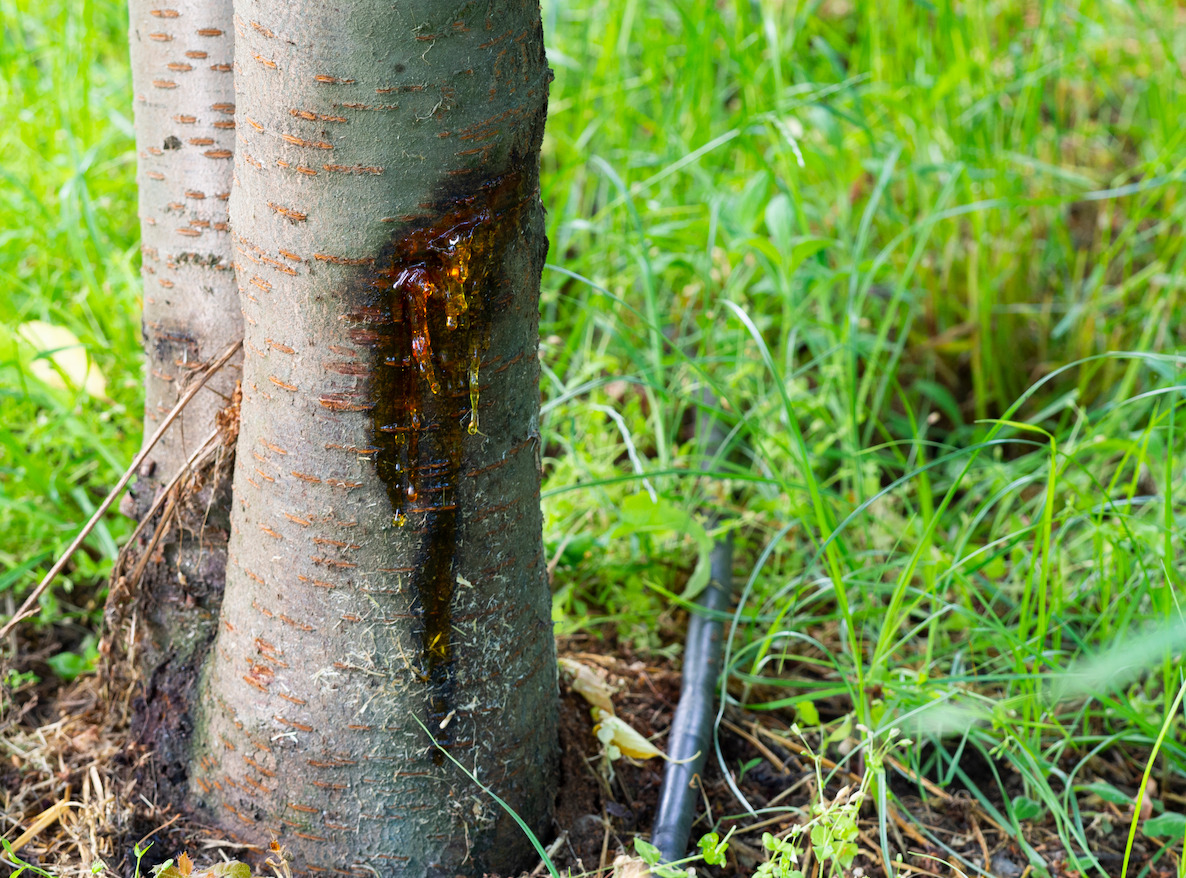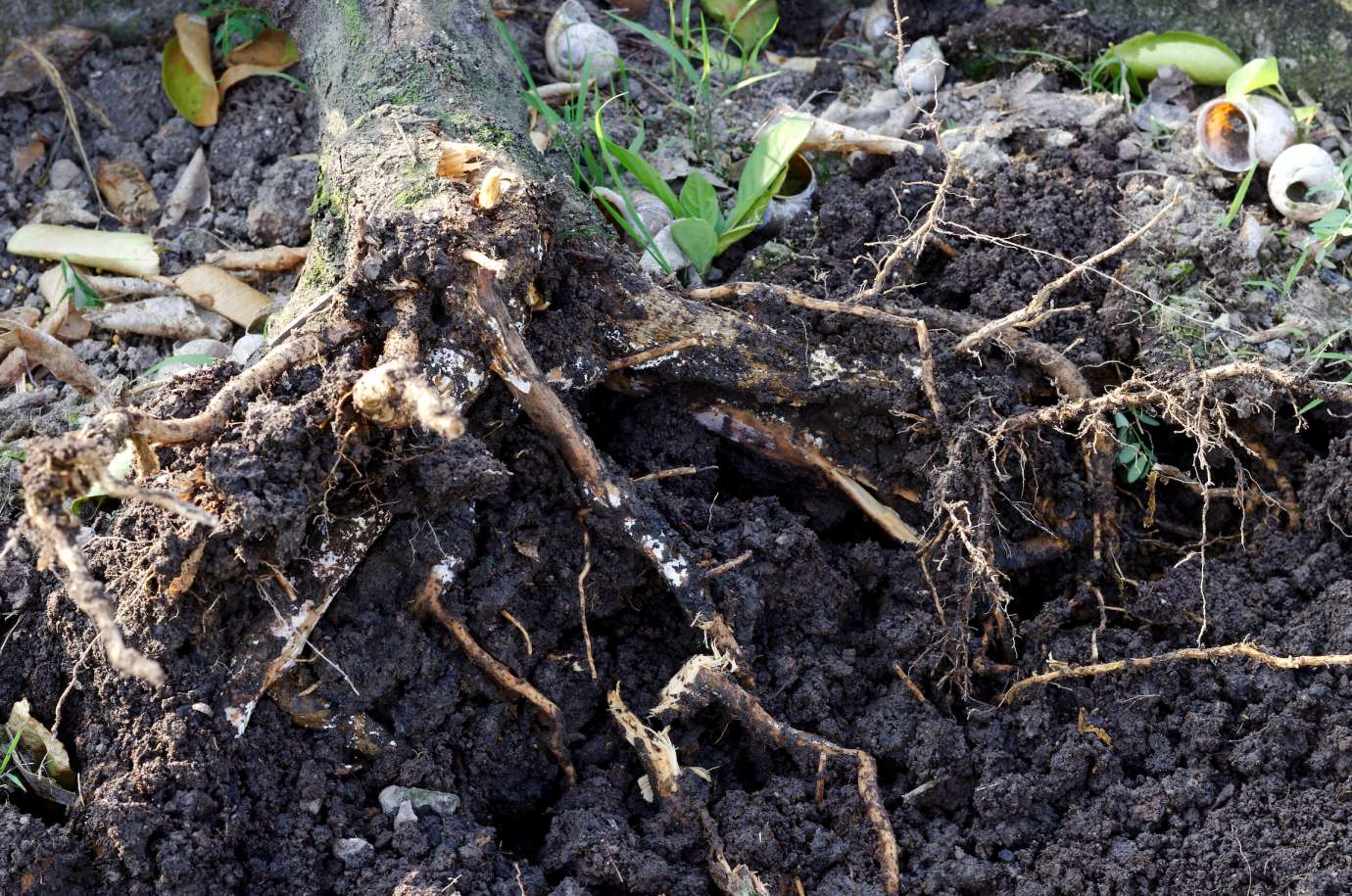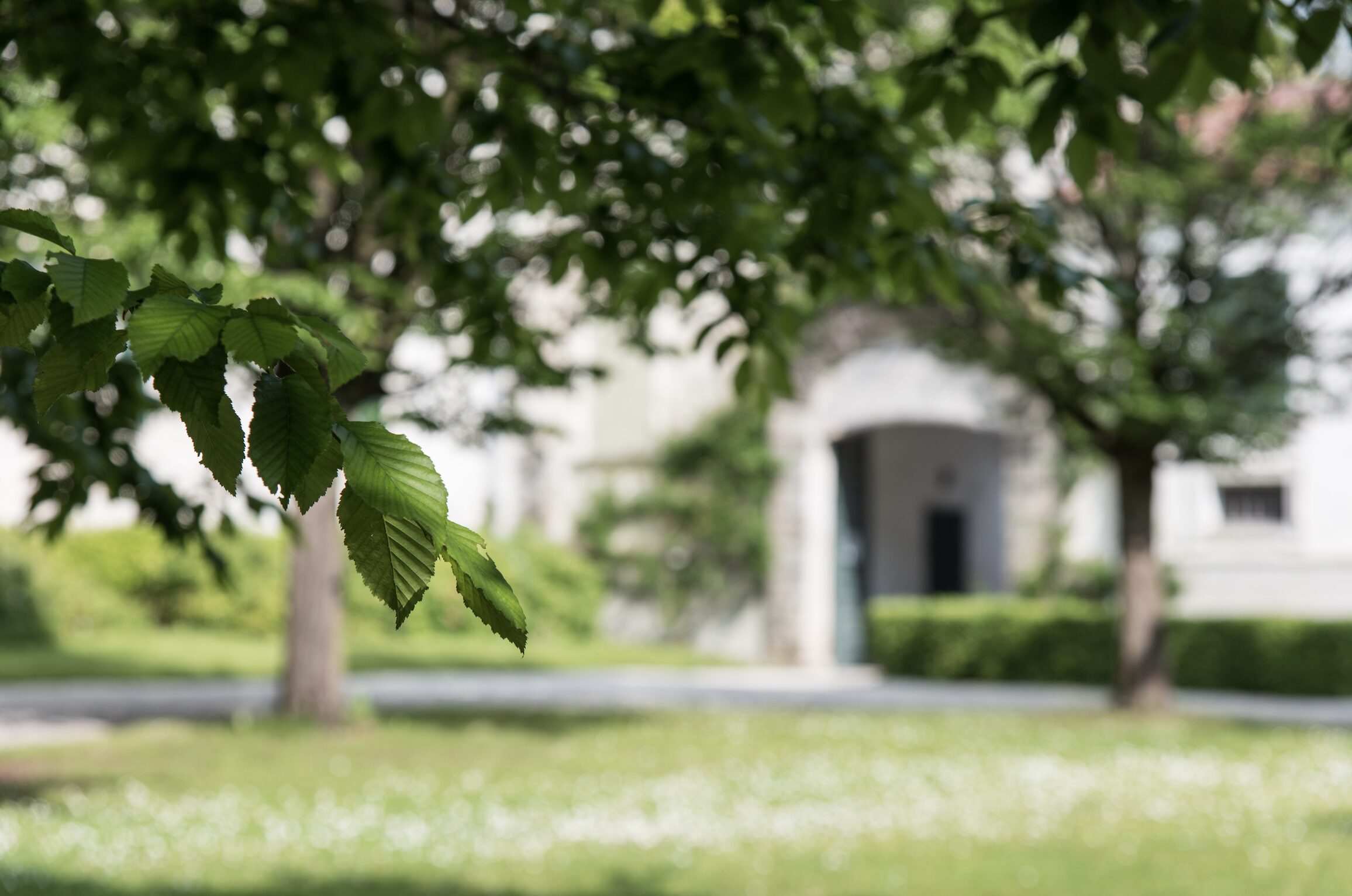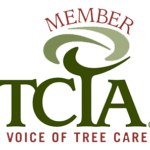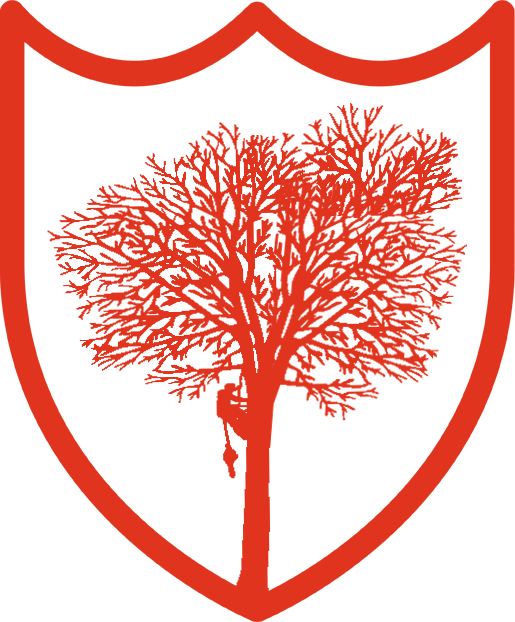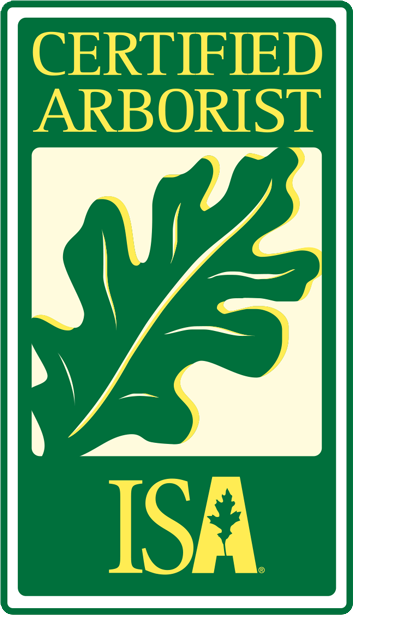As a homeowner or property manager, you want to ensure that your trees are healthy and thriving. However, like all living organisms, trees can fall victim to diseases that can affect their growth, appearance, and even their lifespan. New Jersey is home to a wide range of tree species, and each one is susceptible to specific diseases that are prevalent in the area. In this blog post, we’ll explore some of the most common tree diseases in New Jersey and how to identify them.
- Dutch Elm – Disease Dutch Elm Disease is a fungal disease that affects elm trees, particularly American elms. The disease is spread by elm bark beetles, which carry the fungus from infected trees to healthy ones. Symptoms of Dutch Elm Disease include yellowing and wilting of leaves, twig dieback, and eventually, the death of the tree. If you suspect that your elm tree has Dutch Elm Disease, it’s crucial to contact a tree expert immediately.
- Oak Wilt – Oak Wilt is a fungal disease that affects oak trees, particularly red oaks and pin oaks. The disease is spread through root grafts and by sap-feeding beetles. Symptoms of Oak Wilt include wilting of leaves, leaf discoloration, and defoliation. If left untreated, the disease can cause the death of the tree. To prevent the spread of Oak Wilt, it’s essential to prune oak trees during the dormant season and avoid pruning during the growing season.
- Apple Scab – Apple Scab is a fungal disease that affects apple trees. The disease is spread by spores that are released from infected leaves and fruit. Symptoms of Apple Scab include dark spots on leaves and fruit, defoliation, and a reduced fruit yield. To prevent the spread of Apple Scab, it’s essential to keep your apple tree clean and free of fallen leaves and fruit.
- Needlecast – Needlecast is a fungal disease that affects conifers, such as pine, spruce, and fir trees. The disease is spread by spores that are released from infected needles. Symptoms of Needlecast include yellowing and browning of needles, premature needle drop, and reduced growth. To prevent the spread of Needlecast, it’s essential to prune infected branches and remove infected needles from the tree.
- Anthracnose – Anthracnose is a fungal disease that affects a wide range of trees, including sycamores, oaks, and dogwoods. The disease is spread by spores that are released from infected leaves. Symptoms of Anthracnose include brown spots on leaves, defoliation, and twig dieback. To prevent the spread of Anthracnose, it’s essential to keep your trees well-ventilated and to prune infected branches.
In conclusion, tree diseases can be a significant threat to the health and longevity of your trees. Identifying the symptoms of common tree diseases in New Jersey is essential to prevent the spread of the disease and to take action before it’s too late. If you suspect that your tree is infected with a disease, it’s crucial to contact a tree expert immediately. Bergholz Tree Experts are New Jersey’s trusted tree care professionals and can provide the expertise you need to keep your trees healthy and beautiful for years to come.
